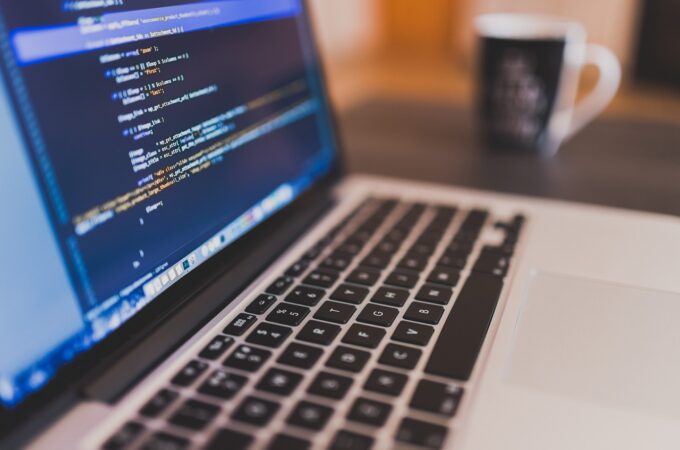
How Minecraft Servers Enhance Learning and Problem-Solving Skills
In the digital age, education is rapidly evolving beyond traditional textbooks and classrooms. One surprising tool that has emerged as a powerful aid in learning and problem-solving is Minecraft servers. This immersive, block-building game is not just a pastime for kids; it’s a dynamic educational platform that fosters creativity, critical thinking, and teamwork. If you’re an educator or a parent, understanding how best Minecraft servers can enhance learning might just change your perspective on video games altogether. Here’s a deep dive into the educational benefits of Minecraft servers.
Unleashing Creativity with Virtual Building
Fostering Imagination
Minecraft offers a canvas for unlimited creativity. Players can create anything from simple houses to complex cities, fostering their imagination. This creative freedom allows students to experiment with architectural designs, learn about spatial relationships, and develop an eye for detail—all essential skills in fields like engineering, urban planning, and art.
Encouraging Artistic Expression
In the world of Minecraft, artistic expression is boundless. Students can build sculptures, design intricate landscapes, and even create pixel art. This hands-on approach to art helps students understand concepts like symmetry, balance, and color theory in a fun and engaging way. Many schools have integrated Minecraft into their art curriculum, finding it a valuable tool for teaching these principles.
Building Confidence
Successfully creating a project in Minecraft gives students a sense of accomplishment. This boosts their confidence and encourages them to take on more complex challenges. The virtual environment allows for trial and error, helping students learn that failure is just a step towards success.
Enhancing Problem-Solving Skills
Logical Thinking
One of the core elements of Minecraft is problem-solving. Players must gather resources, craft tools, and manage their inventory efficiently. These tasks require logical thinking and planning. For example, understanding how different materials interact and how to use them effectively mirrors real-world problem-solving scenarios.
Strategic Planning
Minecraft engages players in strategic planning. Whether it’s planning a farm to ensure a steady food supply or designing a fortress to fend off enemies, players must think ahead and plan their actions. This strategic mindset is crucial in fields like business management and project coordination.
Adapting to Challenges
The game world of Minecraft is dynamic and often unpredictable. Players must adapt to challenges such as hostile mobs or environmental hazards. This adaptability teaches students to think on their feet and develop resilience—skills that are invaluable in both academic and personal life.
Promoting Collaboration and Teamwork
Cooperative Learning
Minecraft servers often involve multiplayer modes where students work together to achieve common goals. This cooperative learning environment fosters teamwork and communication. For instance, building a large structure requires players to delegate tasks and coordinate efforts, mirroring real-world team projects.
Social Skills Development
Interacting with peers in a virtual environment helps students develop social skills. They learn to negotiate, share resources, and resolve conflicts. These interactions are crucial for developing empathy and understanding diverse perspectives—qualities that are essential in a globalized world.
Leadership Opportunities
Minecraft servers provide opportunities for students to take on leadership roles. Whether organizing a team project or leading an expedition, students can practice leadership skills in a low-stakes environment. This experience is beneficial for developing confidence and honing decision-making abilities.
Integrating STEM Education
Learning Coding and Programming
Minecraft offers an educational version called Minecraft Education Edition, which includes a feature called Code Builder. This allows students to learn coding and programming by manipulating the game environment. Learning to code in a fun context makes complex concepts more accessible and engaging for students.
Exploring Mathematical Concepts
Minecraft naturally incorporates mathematical concepts such as geometry and algebra. Players use these principles to build structures, calculate resource needs, and even create complex redstone circuits for machinery. This practical application of math helps students grasp abstract concepts more concretely.
Understanding Scientific Principles
The game’s mechanics also introduce players to scientific principles. For example, understanding how different materials react with each other can teach basic chemistry concepts. The game’s survival mode, which requires managing health and resources, can introduce students to biology and environmental science concepts.
Fostering a Growth Mindset
Encouraging Persistence
Minecraft’s gameplay encourages persistence. Players must often try multiple times to succeed at tasks, whether it’s defeating a difficult enemy or building a complex structure. This persistence helps students develop a growth mindset, where they view challenges as opportunities to learn and grow.
Learning from Mistakes
In Minecraft, mistakes are part of the learning process. Players quickly learn that failure is not the end but a chance to try again with new strategies. This approach helps students develop resilience and a positive attitude towards learning.
Celebrating Progress
Minecraft allows players to see their progress clearly. Completing a project provides a tangible sense of achievement, and players can look back at their creations with pride. Celebrating these small wins encourages students to keep pushing their boundaries.





